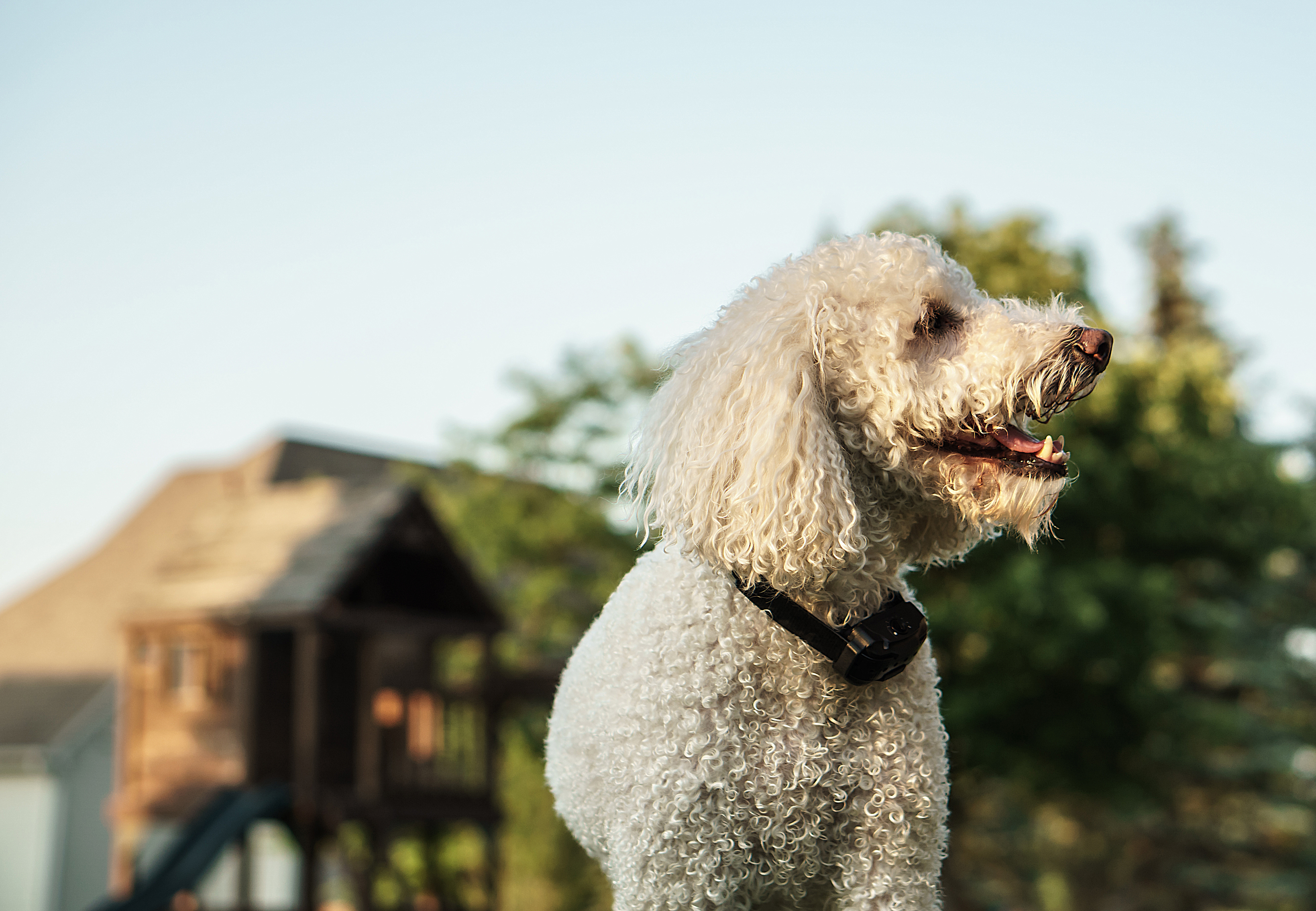How to Train Your Dog With a Bark Collar
Dogs can be a wonderful addition to any family or a companion to any person — by nature, a bundle of fur and life that brightens even the dullest of homes. There is ample room for fun and adventure throughout your unwavering friendship, but, as with all the gifts, the responsibility of caring for your furry ball of joy is a must.
Barking Issues
One problem most commonly found among canine pet owners is controlling your dog’s barking. It is a responsibility that, if neglected, could lead to clashes with neighbors and/or even law enforcement.
Some cities have extremely strict rules regarding the behavior of pets, and in some cases, have declared barking as illegal behavior. As a common problem, the barking in dogs has been long studied and observed. There are many methods by which you can control and completely curb your pet’s persistent barking.
Some means are considered inhumane as they involve the use of punishment to discipline dogs. These methods, often in the form of shocks, are only to be considered as a last resort if all other means have been unsuccessful, and even so, they should be used with extreme caution.
Before you choose any form of action to discipline your pet, first investigate the cause of your dog’s constant barking. Most often, the problem is caused by basic behavioral programming and instinctual nature, which is easily controlled.
Why Do Dogs Bark?
Getting to the bottom of the root problem is key to curbing your dog’s barking. Once you know the cause, it can be treated with the correct remedy.
Request Barking
In older dogs, this may become a difficult habit to get rid of, especially if the request barking is always answered or rewarded. If request barking is used to teach your pet to warn for bathroom breaks, it may be difficult to diagnose this as the source of the problem.
The best means to recognize if your dog barks simply because it is spoiled is to note when the request barking takes place. If it is only to demand urgent needs such as attention, to open a door, for food or bathroom walks, you are most likely safe. If the barking is for every minor whim and want, it is a problem.
Separation Anxiety
Separation anxiety can form in any emotional creature, not only in children but in dogs too. Anxiety in a dog can trigger mournful and continued barking that can become a problem to your neighbors every time you disappear.
Recognizing separation anxiety is rather easy. Dogs that commonly display anxiety will never let you alone when you are home. They will also shake or whimper if it appears that you might be leaving.
Alarm Barking
Being territorial by nature, dogs will be alarmed by the simplest things, and this can trigger barking behavior that will bother the neighbors. Alarm barking is most often recognized with a short lunge forward with every bark. The best means of stopping your dog’s habitual alarm barks would be to teach it what to consider as a threat.
Harsh disciplining in these cases may cause your dog to stop warning you at all about any threats. This will cause them to lose interest in guarding duties if there are any.
Bark Collars: The Good and The Bad
Shock collars will only be suggested as a drastic alternative to conditioning and training. The health implications that shock collars have had on dogs, observed from past use and documentation, is known to be negative.
The correct procedure, and using it as a periodic treatment, will reduce the adverse effects that shock collars can have to a minimum. Shock collars in modern times work by a variety of methods.
Lesser extreme versions such as citronella spray collars or supersonic collars use friendly means to shock bad behavior out of dogs. Traditionally, older collars would use electric jolts. Electric collars may be the more efficient product, but continued shock therapy will have adverse effects on your dog’s well-being.
It is best advised to use shock collars in a controlled environment. Get help from an expert such as a veterinarian if you are concerned about causing harsh trauma.
Training Basics With a Collar
The initial introduction to a no-bark collar should be approached patiently and friendly at all times. Your intent should not create a distaste or fear for the collar. Rather attempt to create a reminder that it is a training prop.
The use of a no-bark collar should be supported with the correct verbal training. Physical practices will aid in teaching the dog precisely what it is doing wrong. During the first few days, keep the collar deactivated.
The pup or dog should grow accustomed to wearing it in a friendly manner. Reward the dog’s good behavior with treats until the official training begins. This is so they will not grow afraid of the collar.
Training should only be done in specified or recreated conditions where there will be no distractions. The dog should not be confused about what it is doing wrong. An active collar should only be introduced once it is observed that the dog is comfortable with the collar.
The collar should only be used in practice or training. Unless the dog is severely ill-behaved and may require a drastic solution, continued wearing will not be beneficial. The most common time to use an active collar is within three days of the initial introduction.
Continue the training until the dog realizes that their barking is being corrected, and they will begin to self-discipline their behavior. With some of the most efficient training programs, the use of a shock collar can show clear results within the first week.
Conclusion
If you are looking for the quickest, most effective therapy to treat bad barking behavior, a shock collar is an ideal solution. This is, of course, so long it is used in the correct way.
If you are better suited to use a more patient and less harmful method, there are many optional programs to follow. Choose which bark collar best suits you and your pet.

